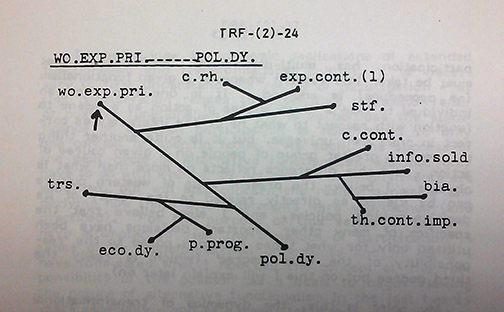Ovid Metamorphoses Mary Innes Pdf To Word


Ovid the metamorphoses pdf Ovid the metamorphoses pdf Ovid the metamorphoses pdf DOWNLOAD! DIRECT DOWNLOAD! Ovid the metamorphoses pdf Translated by A.S.Kline. Ovid Metamorphoses Mary Innes Pdf Viewer. Ovid Metamorphoses Daphne And Apollo Leave New Haven, and live through adventures with the heroes.
Title page of 1556 edition published by Joannes Gryphius (decorative border added subsequently). Hayden White Rare Book Collection, University of California, Santa Cruz Original title Metamorphoseon libri First published in Language Genre(s),,,, (see ) The Metamorphoses (: Metamorphōseōn librī: 'Books of Transformations') is a by the poet, considered his. Comprising fifteen books and over 250, the poem chronicles the history of the world from its to the deification of within a loose mythico-historical framework. Although meeting the criteria for an, the poem defies simple genre classification by its use of varying themes and tones. Ovid took inspiration from the genre of metamorphosis poetry, and some of the Metamorphoses derives from earlier treatment of the same myths; however, he diverged significantly from all of his models. One of the most influential works in, the Metamorphoses has inspired such authors as,,, and.
Numerous episodes from the poem have been depicted in acclaimed works of sculpture, painting, and music. Although interest in Ovid faded after the, there was a resurgence of attention to his work towards the end of the 20th century. Today the Metamorphoses continues to inspire and be retold through various media. Free Ky Learners Permit Practice Test here.
The work has been the subject of numerous into English, the first by in 1480. Ovid's relation to the Hellenistic poets was similar to the attitude of the Hellenistic poets themselves to their predecessors: he demonstrated that he had read their versions. But that he could still treat the myths in his own way. —Karl Galinsky Ovid's decision to make myth the dominant subject of the Metamorphoses was influenced by the predisposition of. However, whereas it served in that tradition as the cause for moral reflection or insight, he made it instead the 'object of play and artful manipulation'. The model for a collection of metamorphosis myths derived from a pre-existing genre of metamorphosis poetry in the, of which the earliest known example is ' Ornithogonia — a now- poem collecting myths about the metamorphoses of humans into birds. There are three examples of Metamorphoses by later Hellenistic writers, but little is known of their contents.
The by is better known, and clearly an influence on the poem — 21 of the stories from this work were treated in the Metamorphoses. However, in a way that was typical for writers of the period, Ovid diverged significantly from his models. The Metamorphoses was longer than any previous collection of metamorphosis myths (Nicander's work consisted of probably four or five books) and positioned itself within a historical framework. Some of the Metamorphoses derives from earlier literary and poetic treatment of the same myths.
This material was of varying quality and comprehensiveness — while some of it was 'finely worked', in other cases Ovid may have been working from limited material. In the case of an oft-used myth such as that of in Book I, which was the subject of literary adaptation as early as the 5th century BC, and as recently as a generation prior to his own, Ovid reorganises and innovates existing material in order to foreground his favoured topics and to embody the key themes of the Metamorphoses. Contents [ ]. A from, illustrating the of, the final event of the poem (XV.745–850) Scholars have found it difficult to place the Metamorphoses in a. The poem has been considered as an or a type of epic (for example, an anti-epic or mock-epic); a Kollektivgedicht that pulls together a series of examples in miniature form, such as the; a sampling of one genre after another; or simply a narrative that refuses categorization. The poem is generally considered to meet the criteria for an epic; it is considerably long, relating over 250 narratives across fifteen books; it is composed in, the of both the ancient and, and the more contemporary epic; and it treats the high literary subject of myth. However, the poem 'handles the themes and employs the tone of virtually every species of literature', ranging from epic and to and.